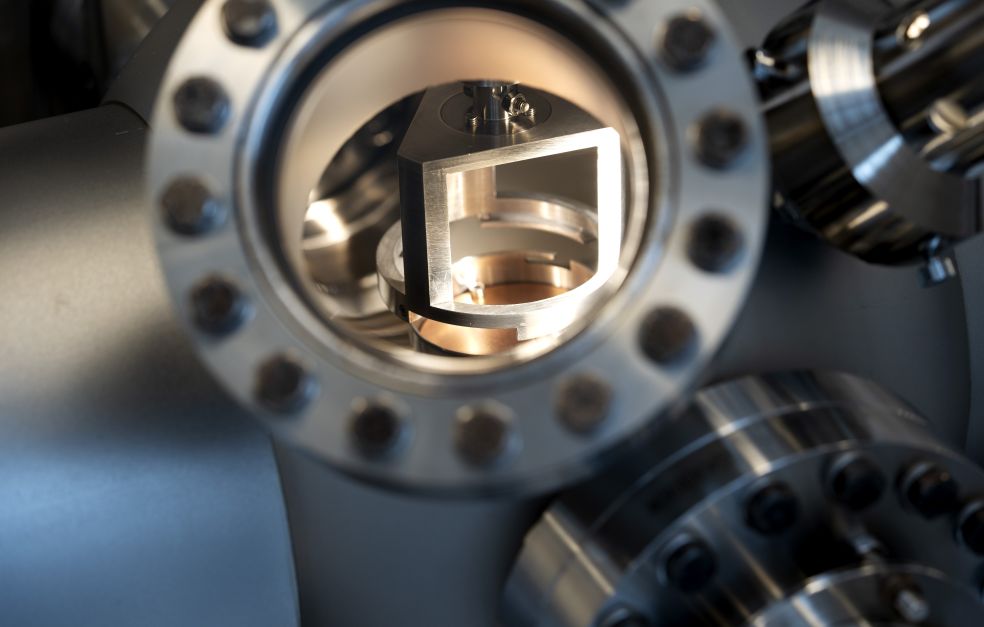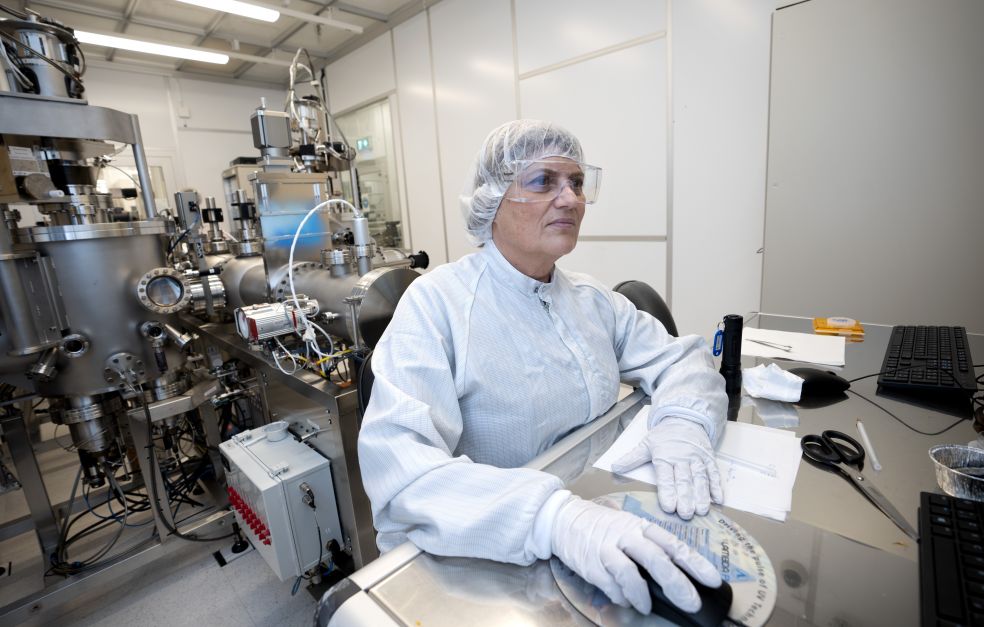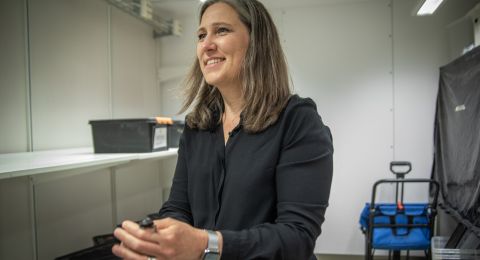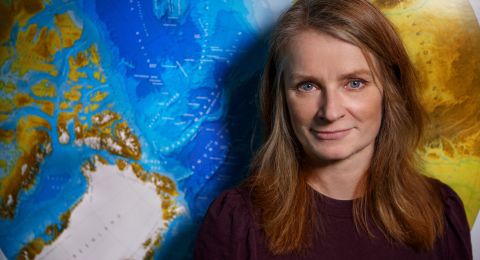Superconductors – materials that conduct electricity without energy loss – can revolutionize the green transition, especially if they work at room temperature. Wallenberg Scholar Floriana Lombardi intends to reveal the mechanisms behind the mysterious superconductors that do not need extreme cooling to function. This offers potential for solutions to the world’s energy challenges and could shed new light on a 40-year-old conundrum.
Floriana Lombardi
Professor of Quantum Materials and Nanodevices
Wallenberg Scholar
Institution:
Chalmers University of Technology
Research field:
Mesoscopic superconductivity
Superconducting materials can carry electricity with zero energy loss, making energy transport incredibly efficient. They power technologies like MRI machines, particle accelerators, and wind turbines.
But there’s a catch - most superconductors only work at extremely low temperatures, near absolute zero (-273°C). To reach these temperatures, they need to be cooled with liquid helium, which is both complicated and costly. In the 1980s, researchers discovered high-temperature superconductors: copper oxide materials that become superconducting at temperatures above -196°C. This was a major breakthrough, as these materials can be cooled with liquid nitrogen.
“Being able to use a more abundant cryogenic liquid, like Nitrogen makes the cooling process much simpler and less expensive. So the discovery of high-temperature superconductors has created great hopes for solving many of our current energy challenges,” says Lombardi, who is Professor of quantum materials and nanodevices at Chalmers University of Technology in Gothenburg.
Understanding the fundaments of high-temperature superconductivity
Since the discovery of high-temperature superconductors, physicists have been working to achieve superconductivity at ever-higher temperatures. The ultimate aim is to create materials that are superconductive at room temperature, so that no cooling is required. But this will require more knowledge, given that much still remains unknown about why and how high-temperature superconductivity in copper-oxide materials occurs.
Lombardi now intends to address important gaps in the knowledge of these high critical temperature superconductors. She and her team are using a completely new approach to create new physical phenomena and material states in high-temperature superconductors. They hope to improve the understanding of the elusive mechanisms underlying high-temperature superconductivity.
“We need to learn more about the physics of these materials if we are to succeed in creating superconductivity at even higher temperatures than those currently feasible. The aim of our research is to create completely new ways of manipulating and controlling the materials. This will enable us to understand their properties and the reasons that high-temperature superconductivity is possible. This research is really exciting, as we’re trying to find an important piece of a puzzle that we have not been able to solve for about forty years,” she says.
2D materials inspiring new methods
The research team’s new approach is inspired by the latest developments in “Moiré Physics” in two-dimensional materials: materials that consist of a single layer, or just a few layers, of atoms. Graphene is one example. A “Moiré superlattice” arises when two two-dimensional lattices with small relative rotation are overlapped. It has recently been established that these structures can be used to create new physical phenomena and unusual material properties.
This research is really exciting, as we’re trying to find an important piece of a puzzle that has existed for about forty years.
Lombardi’s research team intends to take advantage of the recent progress made in the field of 2D materials and apply the same principles to high-temperature superconductors. This will allow for a new tunability knob to modify the property of the material which could help to unlock the microscopic mechanism behind high critical temperature superconductivity.
It is also hoped that the new method will have even wider implications.
“We hope it will be possible to use this new approach in quantum and nanotechnology to modify different materials and their properties. This may pave the way for new research fields and open up to new devices concepts with quantum materials,” she says.
It can pave the way for new approaches in research and open doors for how we can work with quantum materials, she says.
Many potential applications
Lombardi sees room-temperature superconductivity as a long-term dream; however with new powerful tools and groundbreaking physical concepts, researchers are closer than ever to making it a reality. Her goal is to help to pave the way with crucial advancements.
“Superconductivity that does not require cooling has a huge number of potential applications. Among other things, it could be used to create better screening equipment’s in the health care sector, more environmentally friendly materials or efficient transport of renewable energy over large distances,” she says.
Lombardi describes herself as a passionate researcher who loves her work. She enjoys being involved throughout the entire research chain – from the idea to developing and carrying out experiments and analyzing results.
“After 30 years as a researcher I’m still curious and still want to learn new things. It’s wonderful that my work gives me the opportunity to be so creative,” she says.
The grant she has received from Knut and Alice Wallenberg Foundation gives her security, freedom and great opportunities. She explains:
“It gives my research continuity, and enables me to explore new ideas and use my strengths in the best way.”
Text Ulrika Ernström
Translation Maxwell Arding
Photo Johan Wingborg






